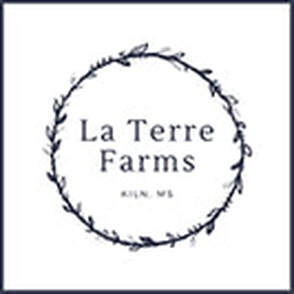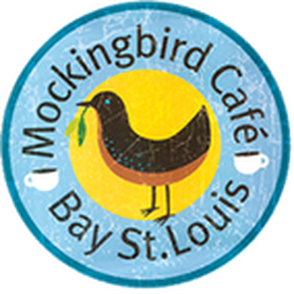Local naturalist and philosopher James Inabinet explores the inspiration nature’s glories bring to our everyday lives and to our art.
by James Inabinet, PhD.
Humanity is necessary for the restoration of Beauty, standing in the gap somehow between nature’s creative forces and its dissipative ones. The mere acknowledgment of Beauty begins our participation in its restoration. To acknowledge Beauty, we may listen closely and hear a song of Beauty in the blank spaces between a cardinal’s high note and a frog’s deep croak. We may look closely and see patterns of Beauty in a greening meadow dotted with red poppies. We may attend to our feelings and share in a touch of Beauty borne in a granddaughter’s hug. Restoring Beauty is an art, it is art. We share in this art form when we participate in Beauty. Nature and art are inseparable. The word “art” literally means “skill.” Wherever there’s nature, there’s art: spider webs, beaver dams, and bird nests; skill is the operative word here. What initiates these skillful “acts of creation?” The ready answer: an urge to create prompted by instinct – but how does that work? The short answer is that the making of a bird nest or beaver dam arises out of its maker’s deepest, vital nature vis-à-vis where they are, usually in nature (i.e., forests, meadows, along streams), though often enough in houses (i.e., the spider web under the bed). So, how does this work with humans? Perhaps human art is artifice (L. artem + facere), literally: “skillfully made by hand.” To complete the analogy between nature’s art and human art, the best human art, I believe, arises in the same way as it does in nature, out of its maker’s deepest vital nature and, in so doing, communicates potent aspects of an experiencing soul. The task of good art, successful art, is to become a translation of sorts. The word translate literally means “to carry across,” as in to carry feelings and emotions across a threshold, from an experiencing soul, the depths of which words cannot plumb, up and into conscious awareness. This cannot be met head on but requires a symbol of some sort, or some kind of “indirect rendering” replete with meaning. For the writer, a metaphor may suggest and evoke feelings in the reader. For the artist, it’s a piece of artwork that produces an image or form that translates feelings. No pure imitation, this kind of art is a transformation, according to the philosopher Suzanne Langer, little resembling its subject, rendering “a desired appearance without any actual representation of it.” Transformational art reveals much more than anything purely imitative. This must be the mission of art, a translation that carries emotive experience from artist to artifact, something skillfully made that in some way expresses experience. The artist must go farther; somebody must see it, experience it. The successful work of art translates feeling, from artist to a viewer. The latter now mysteriously becomes a participant. Part of the artwork now, she is always implied even if she’s not there. Uncontrolled, wild nature can inspire transformational art – the wilder the better. Nature is the original muse, inspiring primal humans to paint bison on cave walls and etch bear petroglyphs on rock walls. Nature and art are indeed inseparable: squirrel art, beaver art, human art. As removed from wild nature as humans have become, nature remains a powerful muse, often inspiring transformational art that can translate from the “life of feeling.” We can see it/feel it – in Van Gogh’s cypress trees, Rodin’s thinker, and Walter Anderson’s Horn Island. Wild nature is also the locus of Beauty; remember that Beauty is both nature’s order and acts of creating. Nature can touch our soul because nature, too, has a soul. Souls can touch souls. The theologian Thomas Berry declared the universe to be “a communion of subjects, not a collection of objects.” Subjects have souls. By recognizing the soul of nature, we begin to resonate with it. The soul of an artist, in resonance with nature’s soul, participates fully in Beauty. Resonance can occur anytime. It’s more noticed with the “big experience” but doesn’t require them: a scenic overlook that takes the breath away, a meadow kissed by the sun during the “magic hour,” a chance encounter with an indigo bunting engaged in courting, even dishwashing while watching birds at a feeder through a window. In the face of sublime beauty, inescapable Beauty, one can scarcely turn her head or even avert her eyes. The trick is to see the “big experience” that rests within the day-to-day, like dishwashing, an ordinary event turned extraordinary just by the way we look at it. In whatever way it’s produced, at these times the “life of feeling” is so intense, the muse so adamant, that the artist is often consumed by the work. Both sleeping and waking are filled with intuitions as imagination comes into its own. The artist works at her canvas, molds the clay, carves onto a block of wood, never sure of exactly what she’s doing but knowing that whatever it is, it’s right, knowing that whatever comes out of it will be meaningful. If she’s faithful to the task, the nascent idea can become a transformational work of art. And, if she pays attention to the process, she will bear witness to a restoration of Beauty and know the meaning of “With Beauty before me, I walk ...” Walking in Beauty: Closing Prayer from the Navajo Way Blessing Ceremony
In beauty I walk
With beauty before me I walk With beauty behind me I walk With beauty above me I walk With beauty around me I walk It has become beauty again Hózhóogo naasháa doo Shitsijí’ hózhóogo naasháa doo Shikéédéé hózhóogo naasháa doo Shideigi hózhóogo naasháa doo T’áá altso shinaagóó hózhóogo naasháa doo Hózhó náhásdlíí’ Hózhó náhásdlíí’ Hózhó náhásdlíí’ Hózhó náhásdlíí’ Today I will walk out, today everything negative will leave me I will be as I was before, I will have a cool breeze over my body. I will have a light body, I will be happy forever, nothing will hinder me. I walk with beauty before me. I walk with beauty behind me. I walk with beauty below me. I walk with beauty above me. I walk with beauty around me. My words will be beautiful. In beauty all day long may I walk. Through the returning seasons, may I walk. On the trail marked with pollen may I walk. With dew about my feet, may I walk. With beauty before me may I walk. With beauty behind me may I walk. With beauty below me may I walk. With beauty above me may I walk. With beauty all around me may I walk. In old age wandering on a trail of beauty, lively, may I walk. In old age wandering on a trail of beauty, living again, may I walk. My words will be beautiful… Enjoy this feature?
Enjoy the Shoofly Magazine? Reader donations help underwrite correspondents who write about and photograph our community.
Use the button below to join our Readers’ Circle! Comments are closed.
|
Categories
All
Archives
July 2024
|
Shoofly Magazine Partners
Our Shoofly Partners are local businesses and organizations who share our mission to enrich community life in Bay St. Louis, Waveland, Diamondhead and Pass Christian. These are limited in number to maximize visibility. Email us now to become a Shoofly Partner!

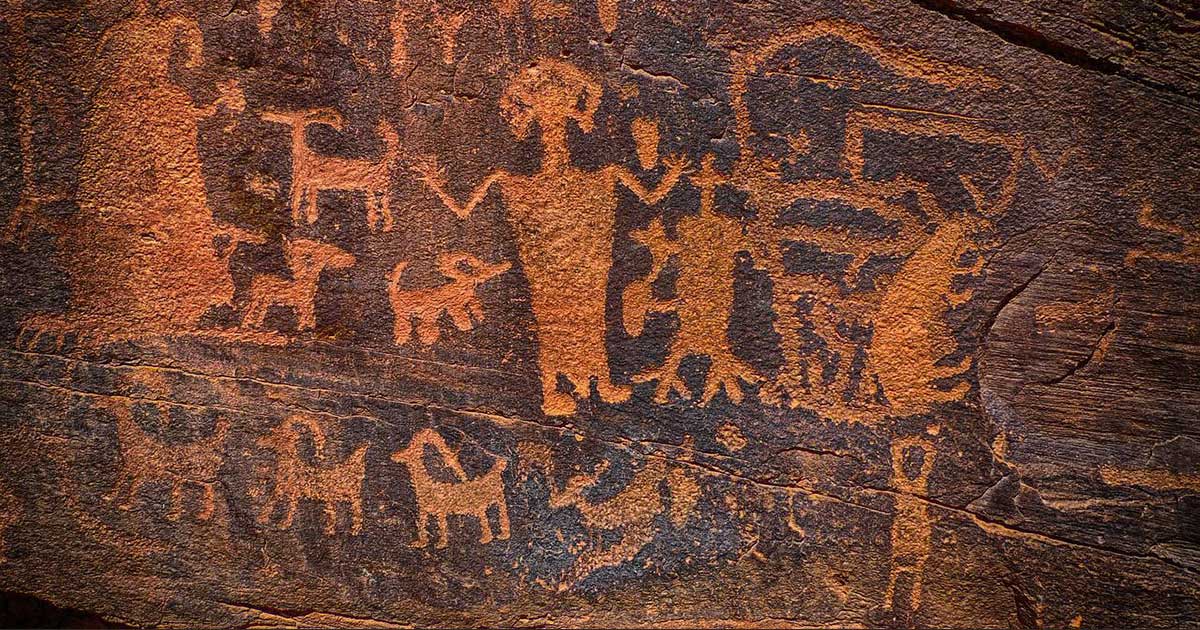


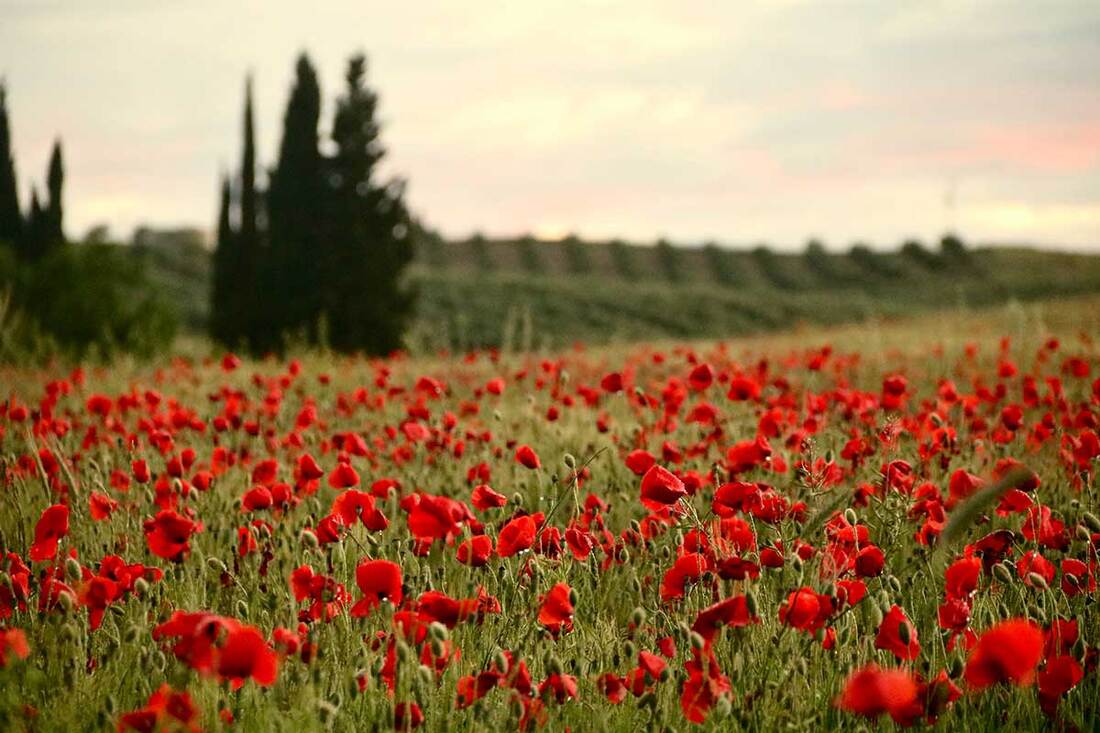
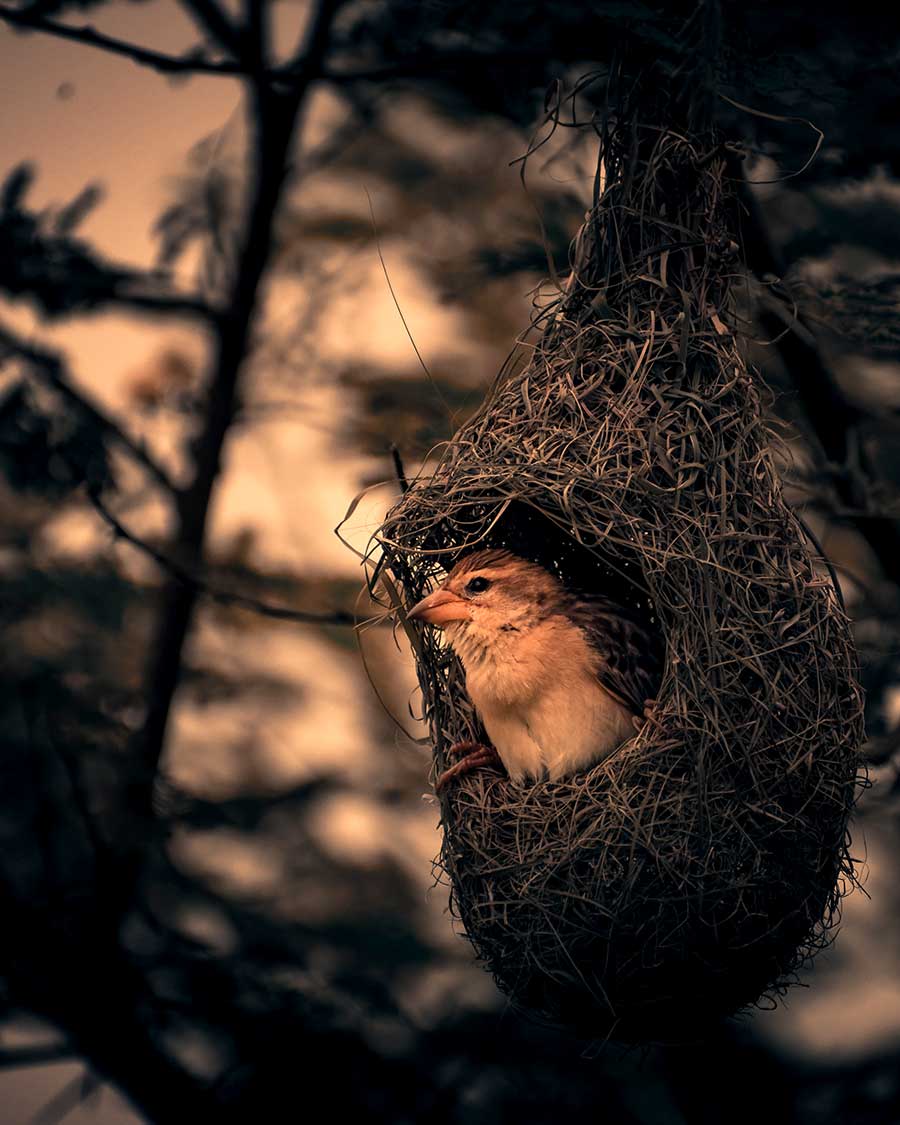
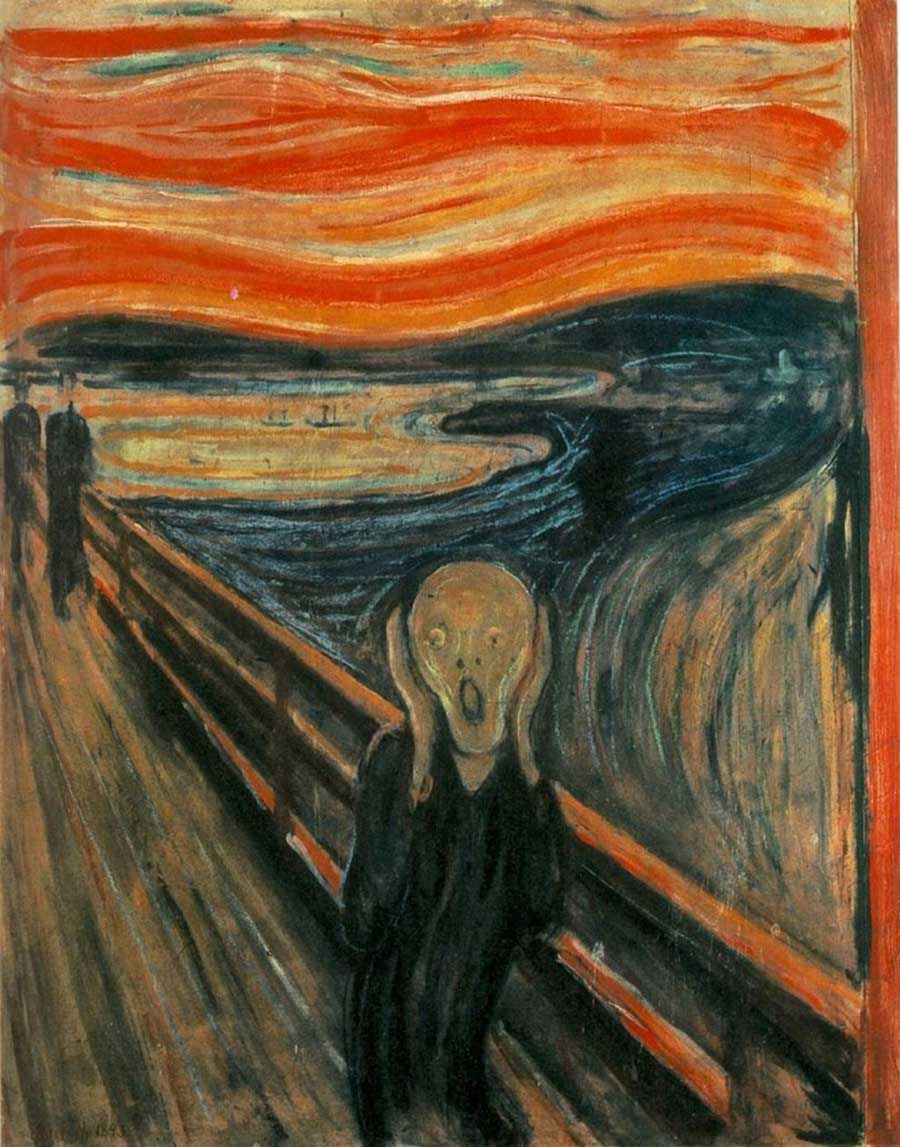
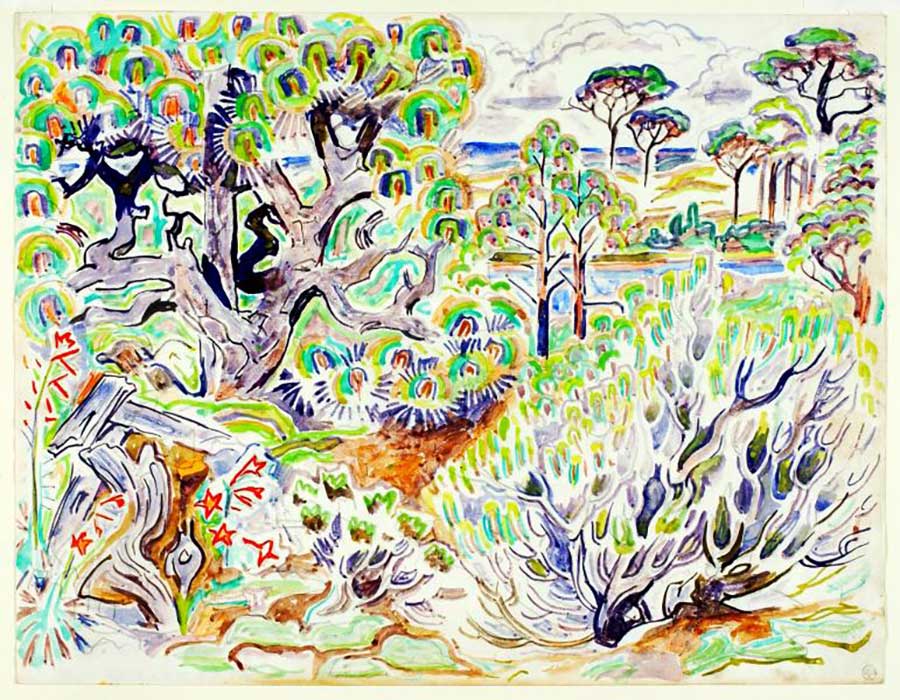
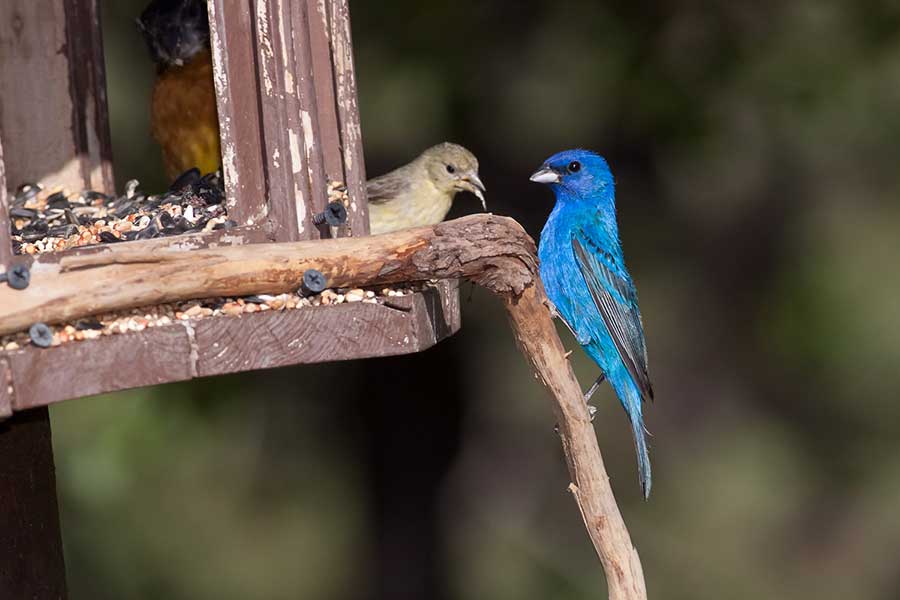












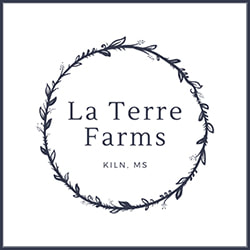








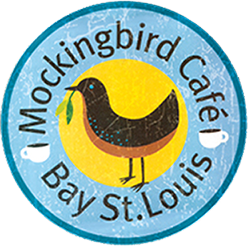




 RSS Feed
RSS Feed





